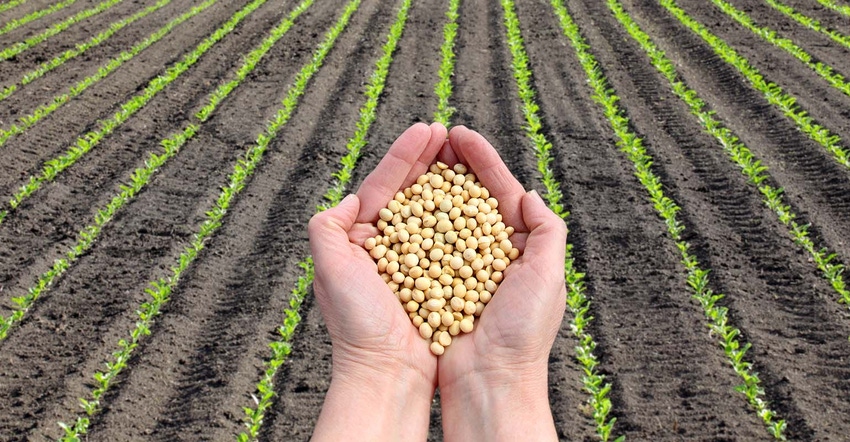March 5, 2018

Our banker wants us to cut costs this spring. We have grown 80% continuous corn for 20 years and have the bins, dryers, trucks, combines, fertility and infrastructure for high-yielding corn, but not beans. I know the university says this is the third year that bean profits will beat corn. Should we shift acreage? — J.B., Ohio
Growing soybeans, or more beans and less corn, is probably the Midwest farmers’ most important financial decision in 2016, 2017 and now 2018.
Having recently been through the same terrifying thought process, we suggest you start the required mental retool with your 2018 land-grant corn and soybean budgets, and then compare your state to the budgets online from Iowa State, Nebraska, Minnesota, Illinois or Purdue.
After a half-day studying mounds of third-party data, the light eventually came on. Our conclusion is a change in your crop mix is now a necessity to survive lower grain prices. And your lack of rotation has created a gold mine for potential bean yields — a 5- to 10-bushel-per-acre incentive just for the hassle of indulging in a second crop.
But prove it to yourself. After studying the online budgets, we concluded your pre-land 2018 costs per acre should range from $250 to $280 for beans and $450 to $480 for corn, adding about $20 for continuous corn.
After reconciling your own costs, choose your realistic net sales price objectives that reflect your delivery periods. For example, we chose $10 beans delivered in December ’18 and $4 corn delivered in June-July ’19.
Finally, and probably more important than your cost and price comparisons, set your corn-bean yield ratio. Start with your tech-enhanced corn’s actual production history for your baseline and divide by 3 for your initial bean yield.
For our example, this is a 195 corn APH and a 65-bushel-per-acre bean estimate. Last year our corn and beans were about 20 bushels better than that level, because of the weather and the 20-year continuous corn.
Before finalizing the 2018 yield ratio, consider enhancing inputs and management to achieve higher soybean yields. Look into earlier planting dates. Massive numbers of central Illinois farmers will plant beans in early through mid-April.
To lower risks of germs and sudden death syndrome, many farmers will also invest $23 per acre for fungicides, insecticides, inoculants or seed treatments.
Jerry and Jason Moss operate Moss Family Farms Inc. [email protected]
About the Author(s)
You May Also Like




